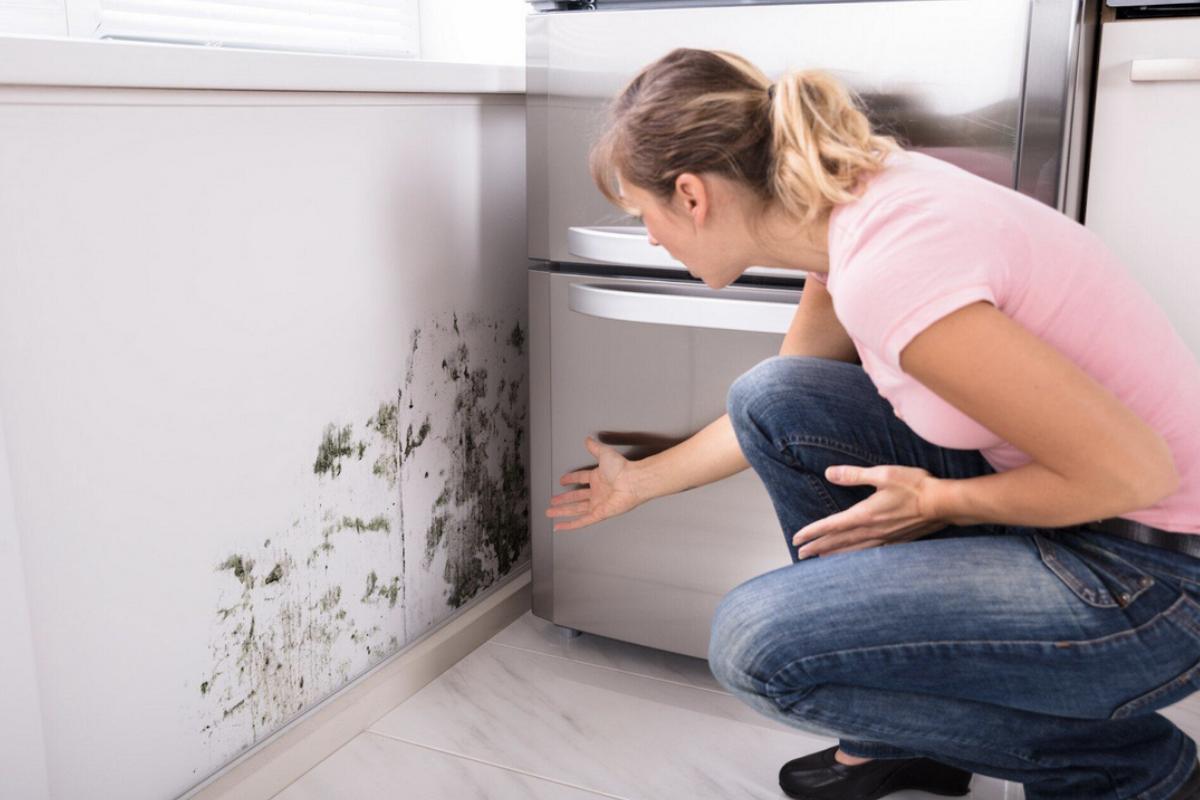Discovering yellow mold in your basement can be unsettling. This guide is crafted to help you identify and tackle yellow mold in basement walls effectively.
Mold not only poses health risks but also compromises the integrity of your home. Yellow mold is especially notorious for its persistence.
Understanding its characteristics is the first step towards a solution. This article will equip you with knowledge and practical steps to remove it. Say goodbye to yellow mold and hello to a healthier home.
Recognizing Types of Mold
Mold comes in various types and colors, with each having distinct characteristics and potential health risks. Understanding the differences between molds like black, yellow, and white is crucial in effectively identifying, treating, and preventing mold in your home environment.
Aspergillus Mold
Aspergillus mold is often in homes and comes in colors like yellow, green, or black. It likes places with air and water, so basements are a favorite spot. Some kinds are okay, but others can make you sick if you breathe them in a lot.
Penicillium Mold
Penicillium mold looks blue or green and feels fuzzy. It shows up on wet stuff and can move fast in the air. Breathing in its spores for a long time can make some people sick.
Stachybotrys
“Black mold,” also known as Stachybotrys, is a yucky mold that grows on stuff like fiberboard and paper when it gets too wet. Breathing it in can make you sick, causing problems with your breathing and immune system.
Cladosporium Mold
Cladosporium mold typically presents as a green or black substance and favors cool and damp areas, such as basements and bathrooms. Despite being less toxic than black mold basement, it can still provoke allergies and asthma in sensitive individuals. Its spores easily become airborne, increasing the risk of inhalation.
Moisture Control
The growth of mold, including yellow mold, is often attributed to excessive moisture. To combat mold growth, the first step is addressing any underlying moisture issues in your basement.
This may involve repairing leaks, improving ventilation, or using dehumidifiers to reduce humidity levels. Ensuring proper drainage around your foundation can also prevent water from seeping into your basement.
DIY Mold Removal Techniques
For small outbreaks, you can attempt to remove mold on basement walls yourself using a mixture of water and either white vinegar or baking soda. However, it’s important to wear gloves, eye protection, and a mask to prevent mold exposure. After cleaning, make sure the area is thoroughly dried to prevent the mold from returning.
Preventive Measures
Preventing mold begins with controlling moisture in your basement. Regular inspections for leaks, proper ventilation, and maintaining low humidity levels are key strategies. Additionally, keeping the basement clutter-free can improve air circulation, further discouraging mold growth.
While this guide focuses on yellow mold, basements can host a variety of mold types. To protect your home and health, it’s essential to learn about basement mold types and their specific risks and removal strategies.
Winning the Battle Against Yellow Mold in Basement
You can get rid of yellow mold in basement walls by being careful and taking action. Keep an eye on leaks and moisture to avoid problems.
The health and safety of your family depend on getting rid of yellow mold quickly. You can get rid of it completely on your own or by hiring a professional.
To avoid yellow mold, keep the air flowing and your basement dry. In basements, we can keep our homes safe from yellow mold.
Did you like this guide? Great! Please browse our website for more!






